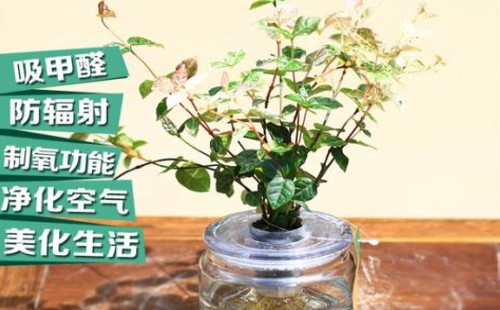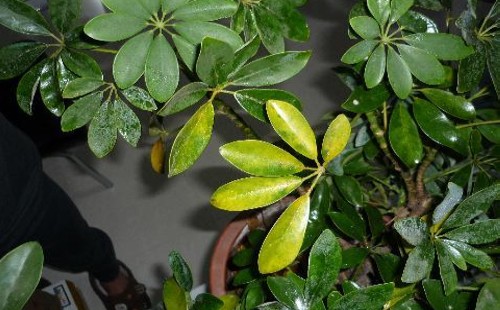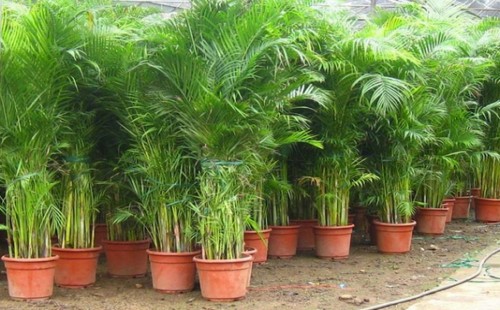Can mosaic collaterals be hydroponically cultured or hydroponically raised?
Huaye Luoshi is an evergreen vine, but at the same time it has woody branches and vines with faintly visible lenticels. And the leaves of the plant are rich in color, colorful leaves, giving people a colorful visual experience, is a rare foliage plant. Because the plant is rich in color, strong spleen and strong stress resistance, it is not only suitable for landscaping plants, but also can be used as family pot cultivation, all of which have a good ornamental effect.

Mosaic stone usually likes to grow in acidic or neutral soil environment, but its strong nature, cold resistance and disease resistance, as long as the soil permeability is good, water and fertilizer can keep up with, often can maintain exuberant growth. This is the situation of mosaic collaterals in soil culture environment, so can mosaic collaterals be hydroponically cultured or hydroponically cultivated?
Practice has proved that mosaic collaterals can be cultured or cultured in water. It is mainly because there are air roots in the stem nodes of the flower and leaf stone, so even hydroponic culture is easy to survive. Usually, the branches with roots on the vines can be selected and cut from the adult mosaic stone, and then inserted into a container containing clear water. But we can also take a simpler way of hydroponic culture, that is, potted root washing.
The pot root washing method is used for water culture, that is, the flower and leaf collaterals in the soil culture are dug out, and the original roots are washed and put in a container filled with water for water culture or water culture. As the mosaic stone has a strong ability to adapt to the growth environment, after the plant is transferred from soil culture to soil culture, if it goes well, it will soon be able to be hydroponized successfully.
However, in the process of water culture, it should be noted that if it is kept indoors for a long time and the light is insufficient, its color is easy to remain evergreen, and the single green reduces its ornamental value to a great extent. In order to change this phenomenon, in addition to the normal change of water, we also need to provide it with appropriate light. If the light is sufficient, even if it is a hydroponic flower and leaf stone, its color will gradually enrich and will return to a colorful state.
Time: 2019-05-30 Click:
- Prev

What if the leaves of potted goose palm wood turn yellow?
Goose palm wood branches and leaves are very unique, and the leaves remain evergreen and glossy, so it is a rare indoor foliage plant. However, as foliage plants, their leaves are often yellowed due to the destruction of their growing environment. As a kind of foliage plant suitable for indoor cultivation, goose palm wood is also the same.
- Next

Cultivation method of potted Phyllostachys nigra
Phoenix tail bamboo mostly appears in the southern region of our country, so it also likes warm and humid growth environment, not only likes light, but also bears shade, but is not cold-resistant, which is more consistent with the climate environment in the southern region, so it is more suitable for potted planting in the southern region. However, the requirements for soil are still fertile and loose, with strong air permeability and water permeability
Related
- Fuxing push coffee new agricultural production and marketing class: lack of small-scale processing plants
- Jujube rice field leisure farm deep ploughing Yilan for five years to create a space for organic food and play
- Nongyu Farm-A trial of organic papaya for brave women with advanced technology
- Four points for attention in the prevention and control of diseases and insect pests of edible fungi
- How to add nutrient solution to Edible Fungi
- Is there any good way to control edible fungus mites?
- Open Inoculation Technology of Edible Fungi
- Is there any clever way to use fertilizer for edible fungus in winter?
- What agents are used to kill the pathogens of edible fungi in the mushroom shed?
- Rapid drying of Edible Fungi

